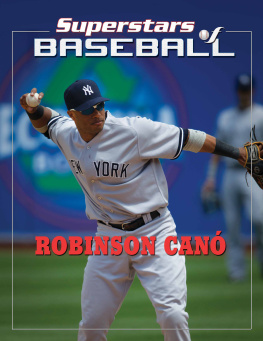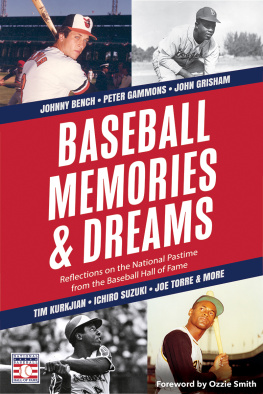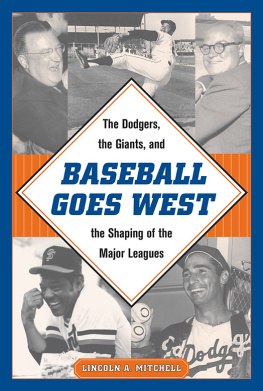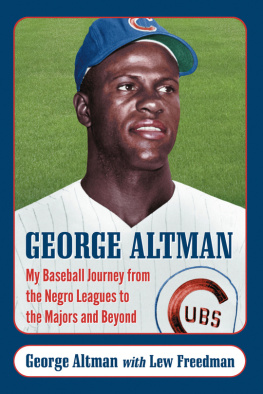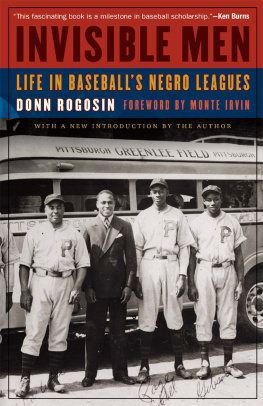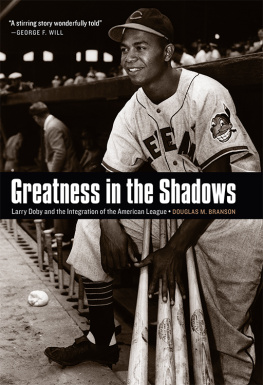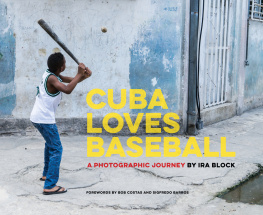Mason Crest
370 Reed Road
Broomall, Pennsylvania 19008
www.masoncrest.com
Copyright 2013 by Mason Crest, an imprint of National Highlights, Inc. All rights reserved. No part of this publication may be reproduced or transmitted in any form or by any means, electronic or mechanical, including photocopying, recording, taping, or any information storage and retrieval system, without permission from the publisher.
Printed and bound in the United States of America.
First printing
9 8 7 6 5 4 3 2 1
Library of Congress Cataloging-in-Publication Data
Rodrguez Gonzalez, Tania.
Robinson Can / by Tania Rodriguez.
p. cm.
Includes index.
ISBN 978-1-4222-2683-4 (hardcover) -- ISBN 978-1-4222-2670-4 (series hardcover) -- ISBN 978-1-4222-9172-6 (ebook)
1. Can, Robinson, 1982---Juvenile literature. 2. Hispanic American baseball players--Biography--Juvenile literature. 3. Baseball players--United States-
Biography--Juvenile literature. I. Title.
GV865.C312R64 2012
796.357092--dc23
[B]
2012021371
Produced by Harding House Publishing Services, Inc.
www.hardinghousepages.com
Picture Credits:
Adam Jones: p.
Keith Allison: p.
Mangin, Brad: p.
Roman Snytsar |
Ronald Callaghan |
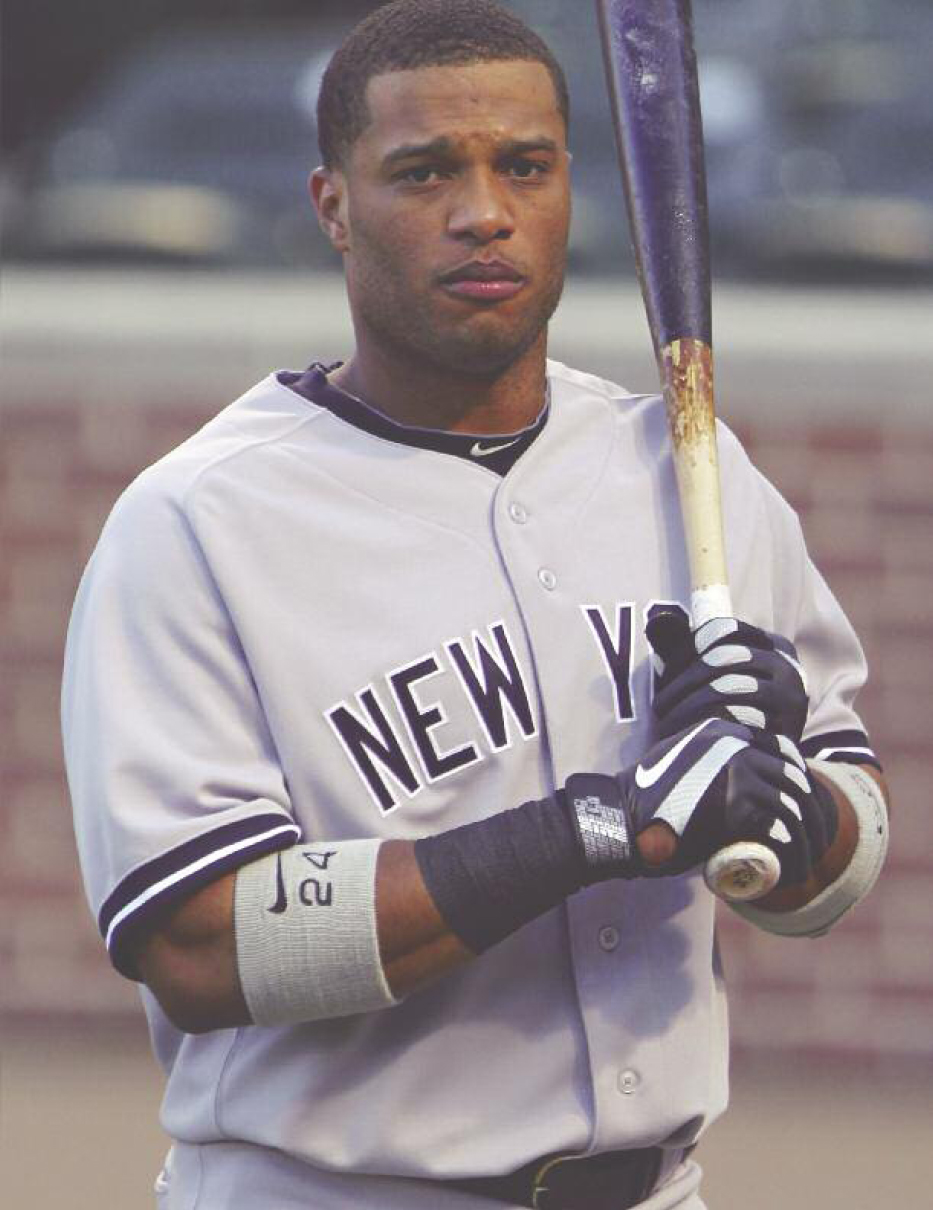

Robinson Can is a baseball superstar!
2012
Wins the Home Run Derby with his father.
2011
Wins the Silver Slugger Award and the Gold Glove Award.
2010
Signs a contract with the Yankees for 6 years and $55 million.
2008
Stars playing in the Major Leagues.
2005
The Yankees sign Can to play in the minor leagues.
2001
Born in San Pedro de Macoris.
1982
ROBINSON CAN

BASEBALL, THE
DOMINICAN
REPUBLIC, AND
ROBINSON CAN
Robinson Can hasnt been in baseball for very long, but hes already had a great career. Can has done many things some players will never get the chance to do. Hes won the World Series and played in an .


Like this boy, Robinson loved baseball from a young age.
Today, fans know Can for his hard work. They know him for his success at batting and his strong play on . Fans know Can for his Home Run Derby win in 2011.
Can wasnt always the player that fans know today, though. Hes had to work hard to make it to where he is now. Cans path to playing in the Major Leagues started many years ago in the Dominican Republic. The islands rich baseball culture helped to make him the superstar he is today.
The History of Dominican Baseball
Historians arent exactly sure how baseball first came to the island, but they know its been there since at least 1880. Americans brought the game of baseball to the Caribbean in the mid-1860s when U.S. business interests grew in Cuba, one of the Dominican Republics neighbors. Then, between 1868 and 1878, many Cubans fled their country during the Ten Years' War. Many of them ended up in the Dominican Republic. They brought the game of baseball with themand it caught on fast!
Today, every baseball fan knows the fairy tale about the Dominican boy who grew up barefoot, using a milk carton for a baseball glove, a broom handle for a bat, and rolled up socks or lemons for ballsand somehow was transformed into a Big Papi, a Vlad Guerrero, or a Robinson Can. But the fairy godmother in this talethe one who makes this magical transformation take placeis the buscnthe Dominican coach or trainerand hes sometimes as much a villain as a savior!
Steroids
For many professional players, the pressure to perform well is intense. Athletes face stress from everyone around them to constantly improve their skill, strength, and speed in the game of baseball. From the fans who want their favorite players to win and score good stats, to the coaches and team managers who push their players to perform to their maximum potential, to the players themselves, who are surrounded by other world-class athletes and feel the need to overcome them, the pressure to excel is extreme. Often, an athlete turns to chemical enhancements to reach a level of competitive play that he would not normally be capable of. This is never legal, and is almost always dangerous, but nevertheless, many Major League players feel compelled to participate in performance-enhancing drug use.
The most common performance enhancers are anabolic steroids. These chemicals are similar to testosterone, which is the male hormone naturally produced by the body to help stimulate muscle growth. Thats why when a player takes anabolic steroids, he receives a boost to his speed and strength that is greater than what the body could normally produce on its own. Major League Baseball (MLB), as well as almost every other organized sport, considers this cheating.
Steroids can cause an unhealthy increase in cholesterol levels and an increase in blood pressure. This stresses the heart, and leads to an increased risk of heart disease. Large doses of steroids can also lead to liver failure, and they have a negative effect on blood sugar levels, sometimes causing problems similar to diabetes.
If an adolescent (typically someone under the age of about 17) takes anabolic steroids, the risks are often much worse. Steroids stop bones from growing, which results in stunted growth. In addition, the risks to the liver and heart are much greater, since a young persons liver and heart are not fully matured and are more susceptible to the damage that steroids can cause. Furthermore, taking steroids puts you at a greater risk of psychological problems that generally begin with aggression but often lead to much more serious issues. Considering these health risks, as well as the fact that anabolic steroids are almost universally banned from organized sports, they should not be used, except by those who have legitimate medical conditions that require their use.
Buscones often lie about their players ages. (Legally, a Major League Baseball team cant sign a boy until hes at least 16.) They sometimes keep the boys out of school and inject them with steroids to make them grow bigger. The buscones may take most of the boys signing bonuses, without the boys even knowing. Sometimes, they bribe the scouts. Several scouts and officials from the Yankees, Red Sox, and Nationals have even lost their jobs because of their dealings with buscones.
The American baseball leagues first became interested in the Dominican Republic back in the 1960s. At first, teams would sign players for $2,000, with a $500 tip to the buscn, but that changed in the 1990s when pitcher Ricardo Aramboles was signed for $1 million. Suddenly, top prospects were now worth six or even seven figuresand buscones could make real money, opening the door to greedy individuals ready to take advantage of the system.

Jess, Matty, and Felipe Alou in 1963.
The leagues sent money, players, and scouts to the island. Dominican baseball players had the chance now to sharpen their skills against some of the worlds best talent. Baseball schools opened across the island, offering boys the chance to learn to play ball. Some of these schools were good, some were bad. The best ones gave boys like Robinson Can the chance to make it big. Today, every team in Major League Baseball has a school or some other presence in the Dominican Republic. Baseball ties the United States and the Dominican Republic together.
Next page
